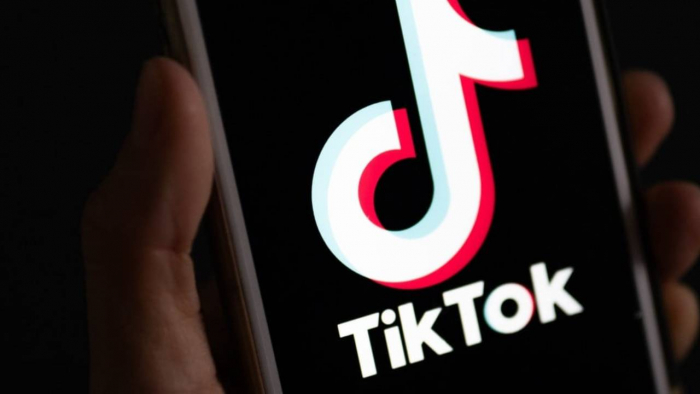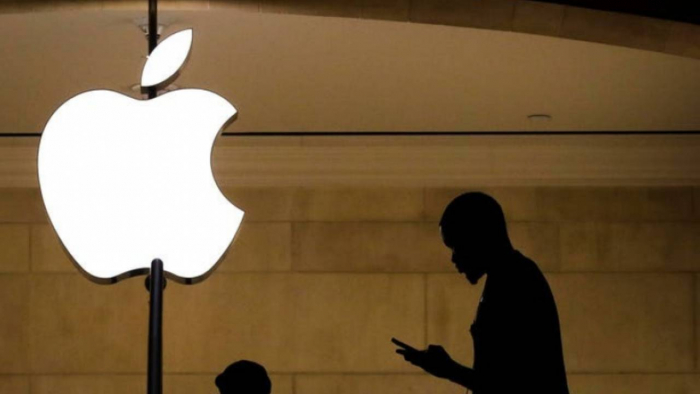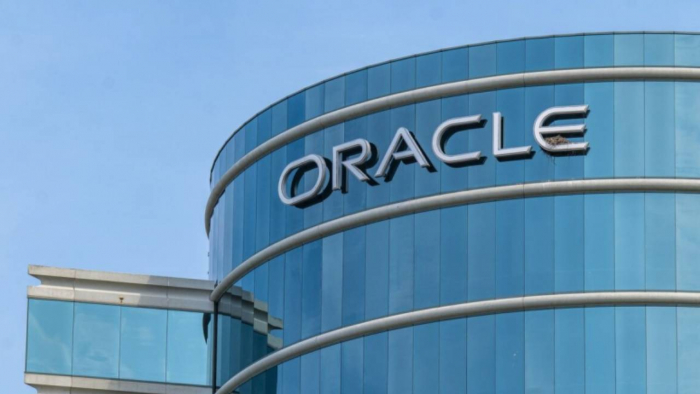- Many IT teams are relying on outdated security models that can’t keep pace with evolving threats
- Reactive defences no longer provide adequate protection against modern, AI-driven attacks
- Automation and adaptive systems are critical to real-time threat detection and prevention
- Security should be treated as a design principle, not an afterthought, across the entire IT lifecycle

Security used to be something you set up and hoped you’d never have to think about again. A firewall, an antivirus, maybe some password policies — done. But that’s not how IT works anymore. Now it’s a living, shifting landscape where every system update, integration, or remote login creates a new layer of exposure. If your security still feels like a static shield, it’s likely not providing much protection at all.
Security moves fast, but not fast enough
If you’ve worked in IT for more than a minute, you’ve probably felt this. New platforms roll out faster than policies can adapt. Devices connect from everywhere, at any time, on networks no one controls. In many Australian organisations, there is a significant gap between what technology can do and what security is prepared for. Legacy tools often linger not because they're effective, but because they’re familiar, and changing them seems too complicated, too costly, or too disruptive.
The problem is, threats don’t wait for rollout cycles or board approvals. They evolve every day. And they’re not always loud or obvious. Some sit silently inside systems for months, exploiting unnoticed vulnerabilities created by convenience-driven decisions. That gap between adoption and defence is where risk lives. You can’t keep patching old systems and hoping they’ll protect a modern network. They weren’t built for that, and neither were yesterday’s security strategies.
Security today isn’t just about blocking bad actors — it’s about understanding the entire environment as it shifts. If your defence model hasn’t been reviewed since pre-pandemic infrastructure, it’s overdue. Technology didn’t pause, and neither did the threats that come with it.
Why defence models from five years ago won’t cut it now
Threats don’t look the same anymore. We’re not just dealing with brute-force attacks or generic malware. Now it’s targeted, data-rich, and often AI-driven. Whether it’s phishing emails that appear to come from your CFO or embedded code in a third-party vendor's update, the tactics have matured quickly. And too often, organisations are still responding with policies designed for threats that barely exist anymore.
This is where the shift toward more dynamic protection comes in. Across industries, there is growing pressure to rethink what is considered “basic hygiene.” Things like multifactor authentication and encrypted traffic are still crucial, but they’re just the starting point. Smarter defence now involves real-time analytics, proactive scanning, and intelligent access control — all tuned to react instantly to behavioural anomalies.
Companies are increasingly relying on cybersecurity solutions to address today’s IT challenges, as the landscape demands it. These aren’t off-the-shelf fixes, and they’re not built to plug every gap at once. They’re part of a more responsive, layered approach that adapts alongside changing infrastructure. It’s less about blocking a single threat and more about recognising patterns before they escalate.
Security isn’t just technical anymore — it’s strategic. And while the tools are getting better, the mindset shift matters even more. If you’re still thinking in terms of permanent fixes, you’re already behind.
The role of automation and adaptive systems in future-proofing
Manual responses can’t keep up with modern threats. It’s not just the speed — it’s the complexity. Attacks often unfold across multiple systems, exploiting minor misconfigurations that a human might miss entirely. That’s why automation is no longer just a luxury. It has become a baseline requirement for any serious security posture.
In Australian sectors like healthcare and education, we’re already seeing the shift. Automated systems isolate infected devices before they affect the wider network. Machine learning tools detect access patterns that don’t fit normal behaviour, not days later, but in seconds. This kind of response speed doesn’t just limit damage. It often prevents it entirely.
But automation only works if it’s adaptive. Static rulesets break down the moment your IT environment changes, which is a constant occurrence. Whether you’re migrating systems, onboarding remote staff, or integrating third-party platforms, your threat surface is always moving. Emerging areas like LLM observability are also becoming crucial, helping teams monitor how large language models interact with sensitive data in real-time. The smarter approach learns from each event and improves. That means feeding systems with local context, industry benchmarks, and continuous feedback loops.
It also means putting less pressure on people to spot what machines are now better equipped to find. That’s not replacing human judgment — it’s freeing it up for the situations that need it. In a fast-moving landscape, the role of your team shifts from gatekeepers to orchestrators, supported by technology that doesn’t sleep.
What IT leaders should prioritise to stay ahead
Security decisions aren’t just technical anymore — they’re business-critical. IT leaders can’t afford to treat them as backend concerns or reactive tasks. The most forward-thinking organisations are treating security like a design principle, not an afterthought. That mindset shift changes everything.
For Australian enterprises undergoing digital transformation, this means aligning security with product development, employee training, and third-party relationships from day one. It’s not enough to harden a system after launch. The system itself has to be built with resilience in mind. That could mean embedding threat modelling into the development cycle or assessing vendors not just for cost and speed, but for how they manage and respond to risk.
Culture matters too. Employees who understand the “why” behind a policy are more likely to follow it. That starts with IT leaders pushing for clarity, not just compliance. When security training moves beyond tick-the-box exercises, it becomes part of everyday workflows.
There’s also the matter of visibility. You can’t secure what you can’t see. Prioritising transparency across cloud assets, endpoint devices, and user access means fewer blind spots — and faster, better responses. The best strategies don’t just build walls. They build systems that detect when someone is trying to climb them.
The cost of inaction keeps growing
A decade ago, a breach meant some downtime, a few apologetic emails, and a compliance fine. Today, the fallout is often far more severe. Lost data, disrupted operations, reputational damage that can last for years, and in many cases, litigation. When your customers rely on you to protect their information, security failures aren’t just IT issues. They’re business failures.
In Australia, we’ve seen major incidents spark nationwide conversations about privacy, accountability, and trust. Organisations that delay security upgrades or ignore emerging risks are increasingly seen not just as unlucky targets, but as negligent actors. That perception costs more than money. It damages credibility in ways no patch or payment can fix.
What makes this all more frustrating is that the warning signs are usually there. Systems run slower, alerts go unaddressed, and patches accumulate in the backlog. It’s rarely one significant oversight — it’s a long chain of more minor compromises that build over time. And once an incident hits, recovery is often far more expensive than proactive adaptation would have been.
Security doesn’t stand still because technology never does. The tools, tactics, and threat actors will continue to evolve — whether you’re ready or not. Waiting for the perfect time to upgrade, restructure, or re-prioritise is a kind of risk. And it's one of the few organisations that can afford to do more.
Post Comment
Be the first to post comment!





